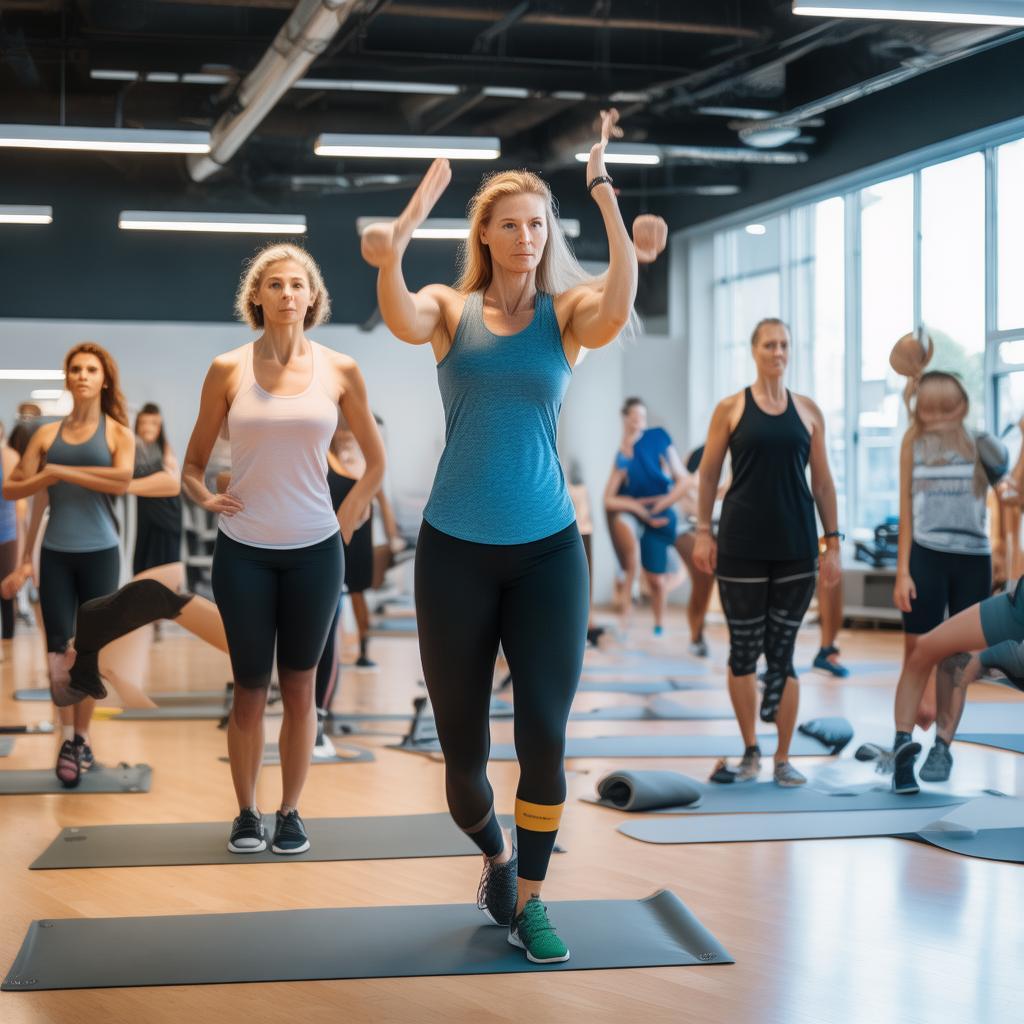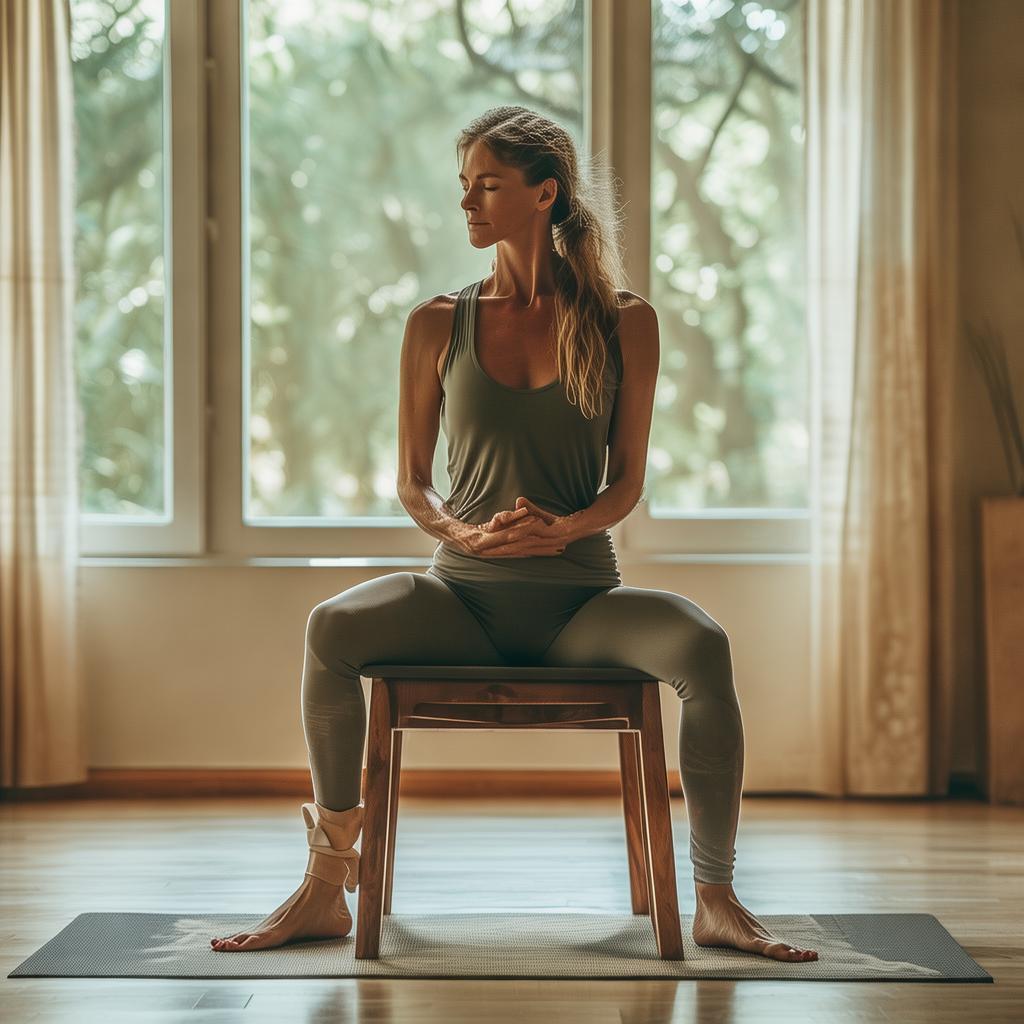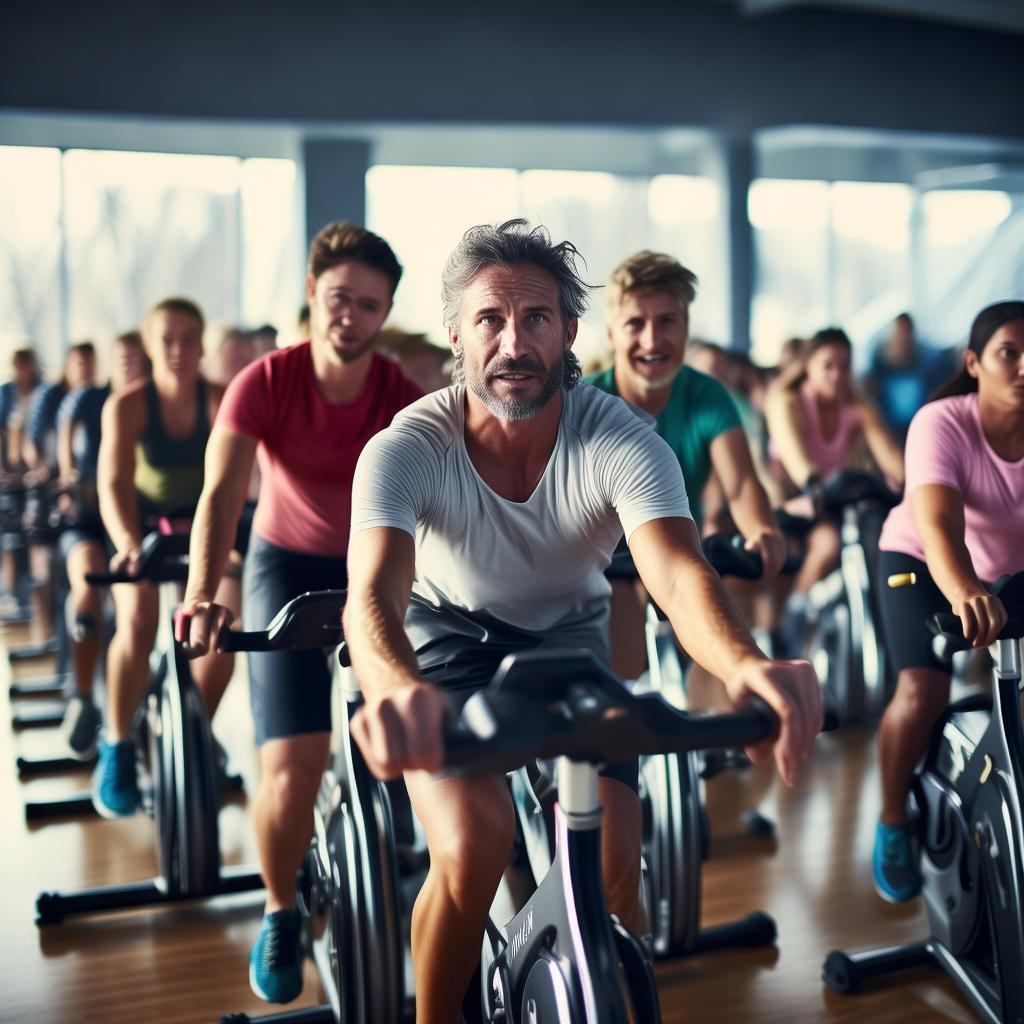Introduction
Hard pulls are often hailed as the king of all movements, working multiple muscle groups like the core, hamstrings, gluteus maximus, and lower back. They are a true test of raw strength and set a benchmark for overall strength. However, they are not a one – size – fits – all training move. For those with back injuries or those who find the hard – pulling position challenging, especially tall and long – armed fitness enthusiasts, there are safer alternatives. Here are seven such alternative movements recommended by five trainers.
1. Hamstring Curls with Pendleton Row Superset
Objective: To learn how to engage the leg muscles in a hard – pull and transfer energy to other muscles.
Why: Hamstring curls put the hamstrings in an optimal condition for movement, while Pendleton rowing places you in a hard – pulling position, stimulating the muscles in a similar way before the big weight compound movement. It’s like two legs of a hard pull, helping you feel the coordinated muscle work.
When to do it: After preparation movements and before the hard pull.
How to do it: Lie on the leg curl machine and bend the leg pads up to your buttocks. After 10 – 15 reps, immediately start the Pendleton row without resting. In a standing position, lean the barbell with weight on your calves, lower your hips, straighten your back, and pull the barbell up as in a hard pull. When it’s lowered to knee height, pull up using your elbows to guide the movement to stomach level. Do 3 – 5 sets of 10 reps each.
2. Bulgarian Split – Leg Squats
Objective: To build muscle and strength in the quadriceps and gluteus maximus.
Why do it: This movement, also known as a split – leg squat with the rear foot raised, not only works the quads and gluteus maximus but also builds hip stability as a single – legged deep squat requires better balance.
When to do it: After a double – legged deep squat and hard pull.
How to do: Stand in front of a bench, hold a dumbbell in each hand, place one foot on the bench, and squat forward deeply until your knees are near the floor. Do 2 – 4 sets of 6 – 8 reps each.
3. Grip Hard Pull
Target: Upper back.
Why do this: Although it’s still a hard – pull variation, widening the grip focuses on the obliques, rhomboids, and latissimus dorsi. Completing the centrifugal phase under muscular control improves core stability, which is beneficial for traditional hard pulls, and it’s an effective muscle – building movement. Lighter weights are used to reduce stress on joints and the spine.
When to do it: As the first movement of a strength training session or as a secondary movement for high reps.
How to do it: Stand with feet shoulder – width apart in front of a barbell with weight, hold the barbell with a shoulder – width grip, drop at the hips, bend your knees, straighten your back, and pull the barbell upwards, leaning forward at the hips to lift it off the floor. Do 4 sets of 8 reps each.
4. Hanging High Rolls
Goal: To make the muscles more explosive.
Why do it: Olympic lifts are great for muscular strength but are complex to learn. Hanging high rolls, where the barbell is pulled up from the hips instead of the floor, are easier. An explosive hip drive and tricep extension help bring the barbell to the racked position in front of the chest, reducing incorrect form.
When to do it: At the beginning of a strength training session to stimulate the central nervous system.
How to do it: Stand with hands squarely holding the barbell in front of your thighs, grip distance and standing shoulder – width apart. Squat down a quarter of the deep – squat depth, then immediately pull the barbell upwards with hips, knees, and ankles fully extended. Lower your legs, sink under the barbell, grab it in the deep – squat position, and stand up. Let the barbell drop back to the starting position and repeat. Do 5 sets of 2 reps each.
5. Reverse Leg Curl
Goal: To build muscle and strength in the hamstrings.
Why do it: This knee – dominated movement challenges the hamstrings, different from hard pulls. It also trains the calves as it helps with knee flexion and the gluteus maximus to keep the back neutral.
When to do it: After all compound movements.
How to do it: Get into a reverse leg curl set with feet pressed into the metal base and knees on the mat. Lower your torso forward until you feel the hamstring stretch, then lift your body using only your hamstrings. Do 2 – 4 sets of 10 – 20 reps each.
6. Straight Arm Rope Pulldowns
Objective: To build strength in the latissimus dorsi and stability of the shoulder joint.
Reason: The latissimus dorsi and shoulders play a huge role in hard pulls, stabilizing the spine and locking the arms in place. This movement helps build strength in the latissimus dorsi and shoulder – joint stability.
When to do: After compound movements.
How to do it: Set the pulley to its highest position, attach the rope attachment, grab the handles with both hands. Bend a little at the hips with a latissimus dorsi stretch, then pull the rope up to the hips with arms straight. Do 4 sets of 8 – 10 reps each.
7. Rope Hip Flexion
Goal: To strengthen the hips, hamstrings, and gluteus maximus.
Why do it: Rope hip flexors are a great addition to train the body hinge like hard pulls but are more back – friendly.
When to do it: Towards the end of the workout.
How to move: Stand away from the rope machine with feet shoulder – width apart, grasp the end of the rope between your legs, and pull it outwards until you get the desired leg tension. Flex your hips under muscle control and extend backwards as far as possible. Keep the knees at the smallest bending angle, maintain a slight lower – back arch, and keep your neck flat. Explosively extend the hips and straighten the knees to stand up, squeeze the gluteus maximus, and contract at the top for 2 seconds. Do 2 – 4 sets of 12 – 20 reps each.
These methods are evolved based on fitness – movement principles. What’s suitable for you is a good action. Hard pulls and deep squats are effective, but not for everyone. You can use these alternative movements instead, which are both tricky and recommendable. Give them a try!





